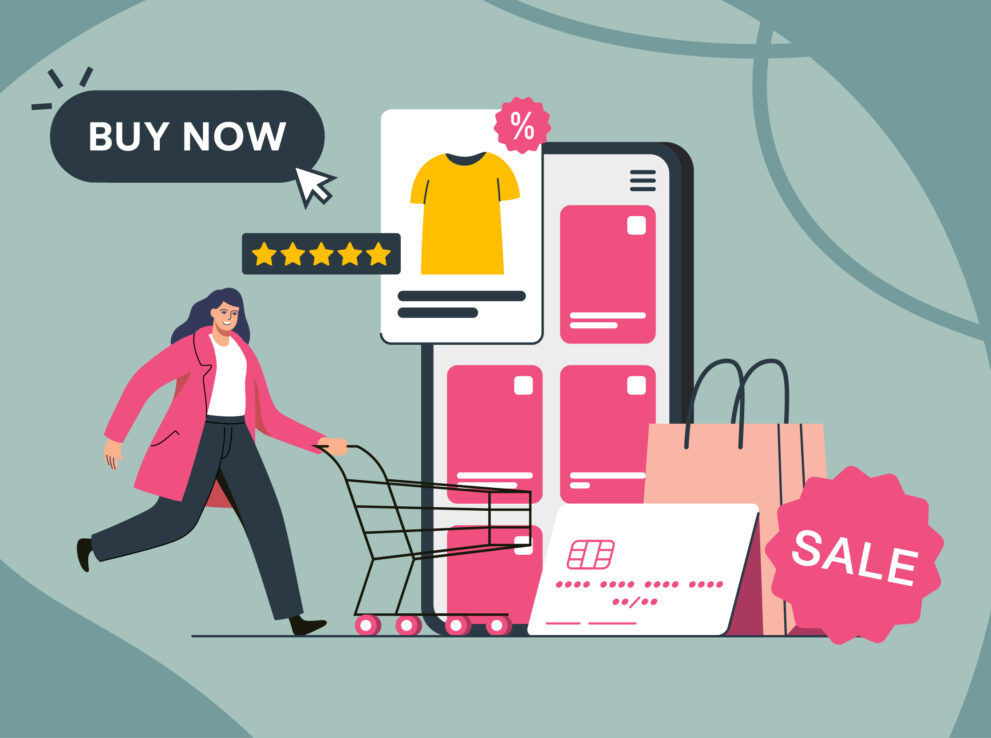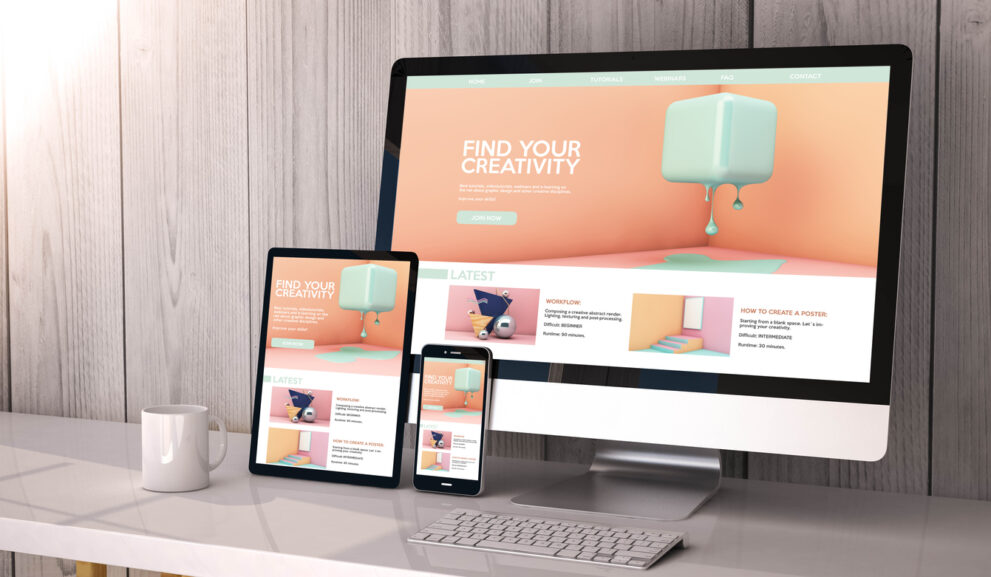
Navigating the internet can be difficult for even the savviest of users, now imagine trying to navigate the web with a visual or hearing impairment or even another form of disability, it wouldn’t be easy. With the internet now readily available to millions around the world, these days the internet needs to be accessible to everyone, including disabled users.
Inclusive website design is about putting users first! It’s about designing for the needs of people who have permanent, temporary or situational disabilities, creating an experience that is enjoyable for everyone.
Fortunately, it’s not too difficult to implement accessibility and there are a number of techniques available to help create a website that addresses the needs of all users. It’s simply a matter of understanding the audience and the issues they might face, before creating an experience that combats these issues.
Introducing Web Accessibility
Millions of online users have special needs and impairments that can make using the internet difficult or even impossible to navigate. While there are lots of disabilities and conditions out there that impact people and the way they use technology, here’s a few of the most common impairments.
Vision: There are many web users out there who struggle with visual impairments, this includes the partial or total inability to see images, colours or even text.
Hearing: Not everyone has the ability to hear audio, either partially or fully, meaning those with reduced hearing ability can struggle with videos or sound clips.
Motor Skills: Those who struggle with mobility can mean those who can’t move parts of their body, this includes precise movements such as moving hands and fingers, which could impact using a mouse or keyboard.
Cognitive Impairments: There are many conditions out there that can affect cognitive ability, these include dyslexia, dementia and brain injuries.
Photosensitive Conditions: Conditions such as epilepsy can cause issues such as seizures, many of these are triggered by flashing lights or flashing images.
In order to combat these issues, many web users use modern technology and software to browse the internet. For example users with visual impairments use screen readers to vocalise text, braille terminals and even alternative keyboards which can help accommodate any extra needs.
Why Your Website Needs To Be Accessible
There are a number of huge benefits to making your website accessible, not only does it benefit your audience who have additional needs, including them within your site and brand as a whole, but it can also be beneficial for your business.
By having an accessible website you’re not shutting anybody out, which allows you to expand your potential audience. This is because more people who previously wouldn’t have been able to access your site now can, which can improve engagement and improve potential massively, allowing you to step ahead of your competition, who may still be failing to provide a website suited for all audiences.
It’s also worth noting that many countries do have laws that require website and software accessibility, therefore you may need to legally build a website that matches specific accessibility standards.
How You Can Make Your Site Accessible
Let’s take a look at some of the most important ways you can optimise your website in order to make it more accessible for audiences with impairments.
Keyboard Friendly Website
For a website to be accessible it needs to work even without the use of a mouse or trackpad, this is because there are a lot of assistive software and technology that rely on keyboard only navigation. Because of this, it needs to be possible to use your site’s features via a keyboard and nothing else, including accessing pages, links and content.
By using the Tab key, you can navigate around a page, through links, buttons and forms without ever having to use a mouse, ensuring that your website is keyboard only friendly.
Alt Text Added To Images
Alt text, also known as alternative text, acts as a replacement for an image if it fails to load, however, alt text also allows screen readers, commonly used by those with visual impairments, to ‘read’ the picture. This lets screen readers describe an image, giving it context to those who can’t see it.
As an added bonus, Alt text can also allow you to improve your SEO efforts, by writing descriptive text about each image you can include keywords that will help you rank better.
Use Headers Correctly
It’s a good idea to structure your site content in a way that uses headers correctly, allowing your content to flow in a much better way and appear much easier to digest by readers, as well as helping screen readers to easily read your content.
Really you should only be using one H1 per page, usually the page title, meaning the title would be read out first, with H2s following for subheadings, H3s coming after and if needed H4s used for any additional headings that may need reading out.
Easily Resizable Text
Many devices and browsers allow users to resize your text, which can be helpful for those who can’t see well, however this only works well when a website has been built to support this feature. It’s a good idea to specify text sizes depending on screen sizes and other content, so that when text is scaled it still stays large enough to read.
Test your fonts and test your font sizes in order to determine that they will work correctly and be easily readable by those who can’t see as well as others.
Avoid Automatic Media
Nobody likes automatic playing media, be it video or music! Not only is it annoying for general users but it’s also highly impractical in terms of accessibility. For those with visual issues who need to use screen readers, automatic music can be difficult to turn off, as well as causing shock or confusion for those who weren’t expected a sudden noise.
It’s also a good idea to not introduce too much automatic navigation such as carousels or sliders as these can be frustrating for audiences, especially those who need extra time to read or absorb information.
Making sure that your website is welcoming for everyone should be a top priority for businesses! In 2018 we live in a varied society and there’s no reason to exclude anyone, especially given how easy it is to avoid doing.
Do you need help making your website more user-friendly for people with disabilities? Our team can help, why not contact us today for more information, we can point you in the right direction.






